15 Must-knows for Women over 50 Strength Training - How to Start
For many women over 50 strength training is thought of as "I know I should" but that quickly turns to "It's all just too hard, where do I start!".
In this post, we'll set you up with how's, why's, what's & where's to get started, even if you're struggling with a weakening body that doesn't work and is limiting your daily life choices.
These are the skills, techniques and guidance I've used in training 1000’s of my studio and online clients from 40 to 90 yr old, over the last two decades.
So if you’ve been thinking about strength training, but don’t know where or how to start, or perhaps you tried but hit a roadblock (maybe listed below), this ‘must-know’ list will set you up for the success you desire and the strong, reliable body you’ll need for the future you dream.
Let’s dive right in.
Here's the strategies you’ll learn in this post.
- Why your over 50 BODY doesn't have the strength it once had
- How to prepare for strength training CONSISTENCY over 50
- Should I see my DOCTOR before strength training?
- Why START SLOW when strength training over 50
- How correct strength training FORM compliments everyday life
- Understand PAIN, DOMS vs Sharp/Severe when starting strength training
- Why incorporating BALANCE & STABILITY is life saving over 50
- How FLEXIBILITY & MOBILITY improves your strength over 50
- Types of STRENGTH TRAINING and which is best
- But I RUN, CYCLE, SWIM ETC - Isn’t that good enough for strength?
- Why you shouldn't skip REST & RECOVERY when strength training
- Yes, NUTRITION has a ‘pivotal’ part in your strength future
- Not all strength TRAINERS are the same
- So HOW & WHERE do I go for strength training?
- If I train at home what strength training EQUIPMENT do I need?
1. Why your over 50 BODY doesn't have the strength it once had
Let me say from the outset, being a woman over 50, you WILL come to the strength training table with some level of issue/s surrounding your body.
You are, however, on the right path to consider strength training.
But be mindful, the early stages of this journey will throw curve balls at you, as you stress your body in ways it’s unaccustomed too. How you identify and respond to those moments, is a significant key to your sustained success.
So, if you’ve kept active all these years, great stuff, most people don’t.

Just keep doing it, but now add strength training into the mix.
Over 50 with a de-conditioned body
Clearly we’re not 30 anymore regardless of how young our thoughts may be.
Unfortunately though, most of us have succumbed to the 20th century scourge of inactivity IE. no regular movement in our daily work and/or exercise which would typically be under load, ie. with a weight.
Additionally, sitting all day at work, then at home, has become the norm.
So now you’re dealing with a body that's:
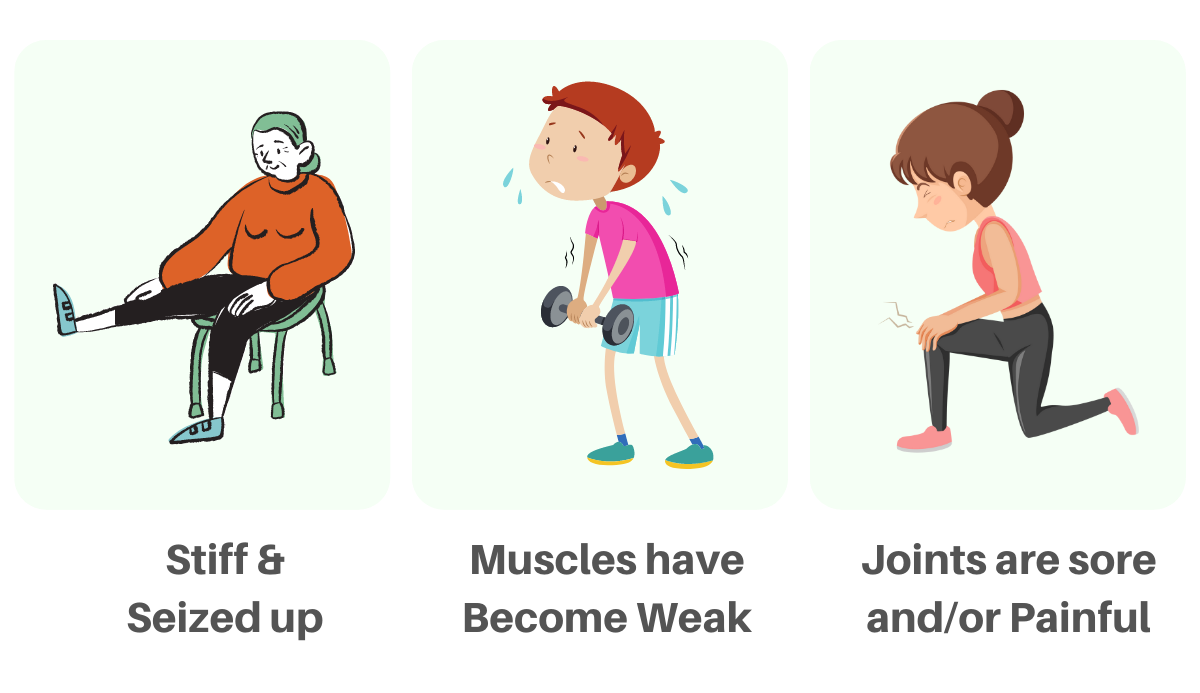
Plus, your mobility has decreased, resulting in everyday activities becoming increasingly difficult, where you're now searching for alternate ways to do them.
There is however, one more issue we need to address.
Whether it’s knowingly or unknowingly, your body has secretly been succumbing to another scourge. This one we ALL face, your level of past activity however, will determine how far progressed this is.
And that's,
Sarcopenia... muscle decline or muscle decay
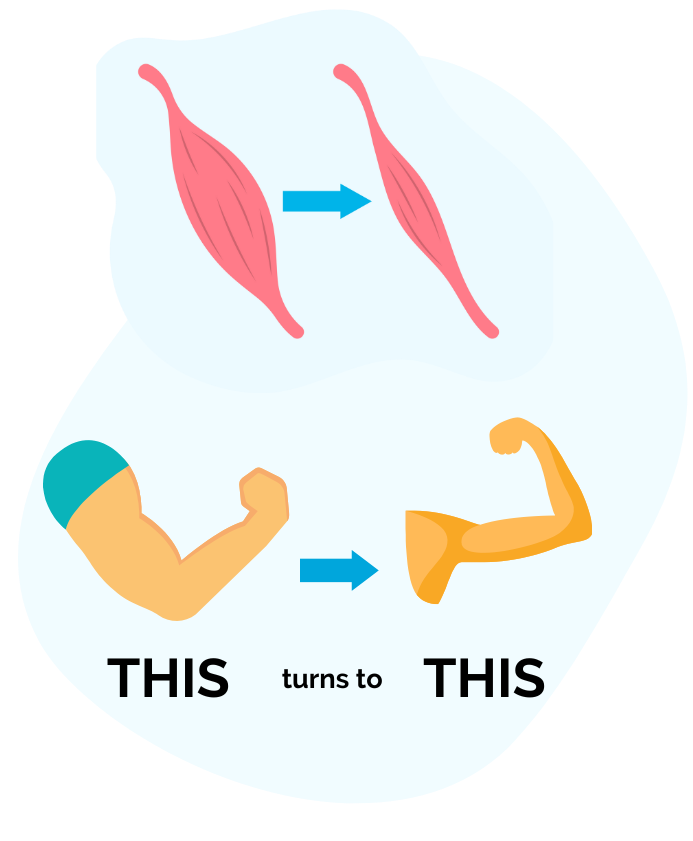
This is an age-related condition that results in the loss of muscle mass, strength, and function.
It generally starts in our 30s, with a gradual decline in muscle and strength, reaching a deterioration rate of 1-2% through our 50’s, then increasing up to 3% in our senior years.
This is a huge topic, not greatly talked about in health and wellness circles that we’ll cover in detail in a future post.
However, there is a link between sarcopenia and the inactivity we discussed above.
Scarily though, the combination of the two, inactivity for decades from our 30’s and aging sarcopenia, creates the perfect storm leading into our 50’s, where we’ll either succumb or succeed.
The good news about strength training
For any women over 50 strength training done the right way is the primary solution, and WILL have a Significant Improvement on these and more .
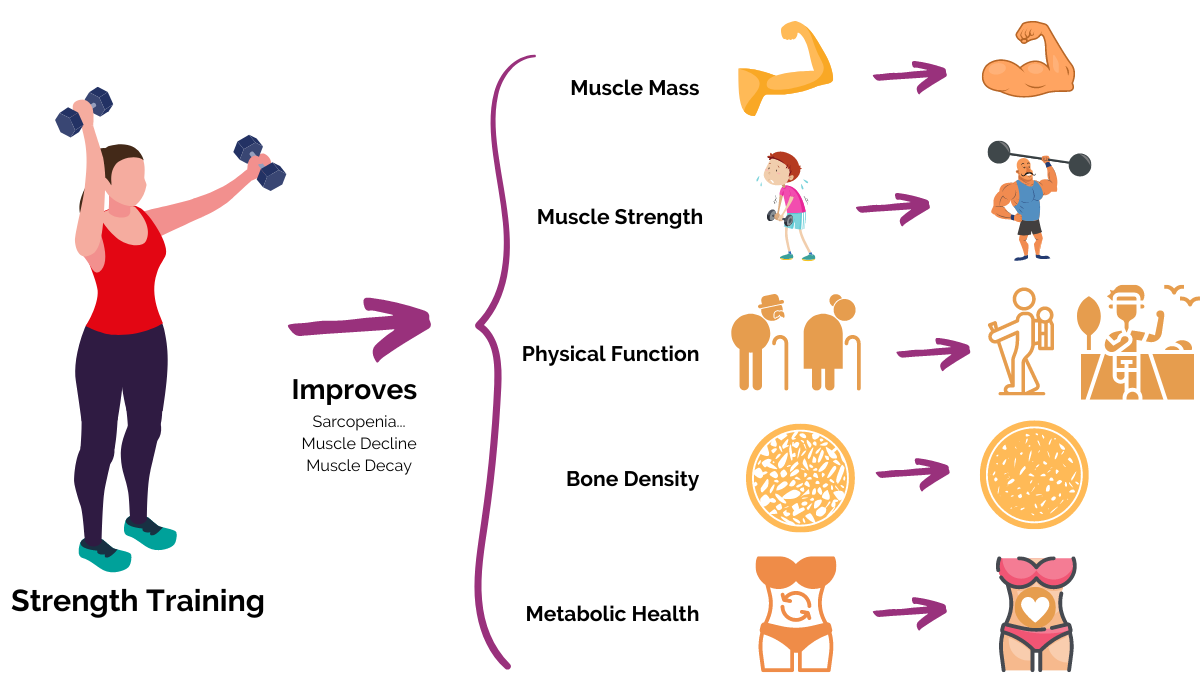
Meanwhile, remember your body isn’t what it used to be, so periodically stop and take note of how it’s responding to the stresses strength training will impose. Then, make corrections to move forward safely towards longevity.
2. How to prepare for strength training
CONSISTENCY over 50
Why is strength training consistency important?
The simple answer is…
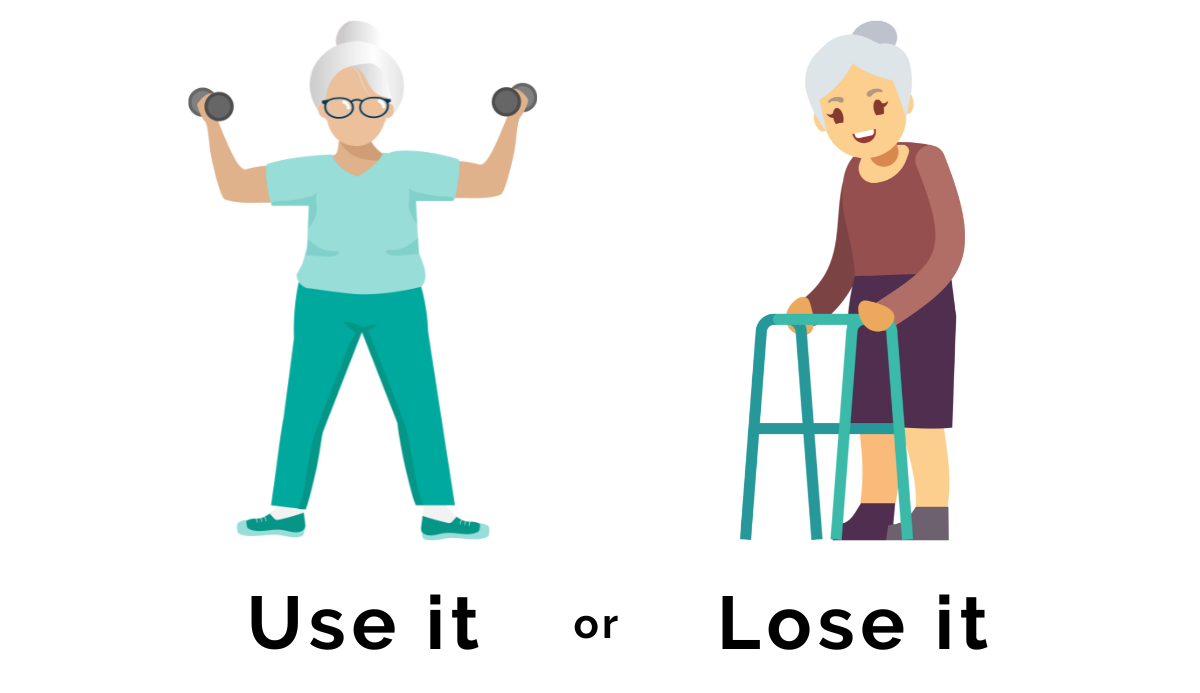
Sarcopenia/Muscle Decay, particularly, takes no prisoners.
We all desire a strong active body that works, but, as we move through our 50’s, 60’s, 70’s and beyond, let me lay out a few consequences of not habitually addressing these issues, through the primary solution of consistent strength training.
Decreased strength and mobility leads to:
For clarity, and we’ll expand this later in the post, but 20-30 minutes 2-3 times a week is a minimum consistency needed to see results.
Helpful strength training consistency tips:
However, now that we’ve addressed the why, let me give you some tips on the HOW.
- 1Never too late: This is a big motivator to starting and maintaining. Regardless of your age or condition of your body, you can effect change that will empower your life.
- 2Start small: Enthusiasm is best rolled out in small continuous doses. We’ll expand on this further shortly in the post.
- 3How long: Determine how often you want to strength train each week, and make it a priority, just like you would any other health appointment.
- 4Sign up: Alternatively, when starting new, signup for a 4, 8 even 12 week program, to lock in that new habit.
- 5Workout Buddy: This is a real consistency kicker, whether it’s family or friends it doesn’t matter, neither will want to let the other down.
- 6Change it: For those who don’t like monotony, regularly/periodically change the schedule and routine.
- 7Make it realistic: Consistency is bred off the back of sustainability. So make it achievable but challenging.
- 8Record and reward: Set an achievable goal with a reward carrot, track how you're going, then when you get there, enjoy.
- 9Make it fun: Look for ways to make your workouts fun, repeat workouts truly enjoy, jazz it up with some new gym gear or try some boppy music.
3. Should I see my DOCTOR before strength training?
OK, this is typically where the disclaimer comes in and we quote the standard,
“It is recommended that you visit your doctor before starting a new fitness program, especially if you have any pre-existing medical conditions or concerns”.
And yes, it is true, particularly if you have concerns.
However, we want to address something that many clients we see, don’t check out, before they undertake strength training or for that matter any fitness program.

A good trainer will do an assessment that will identify these issues, and whether they have the expertise to address solutions or recommend you see a specialist.
However, not all trainers are the same. This is where the experience and expertise of the trainer you're listening to is very important.
For now, if you’re aware of any significant gait issues, imbalance or postural challenges, let the trainer know, and if you have concerns about their ability to address these issues, you may want to...

And visit an Exercise Physiologist, Postural Corrective Specialist etc, as this can go a long way to setting you up for lifelong success.
Joan has Osteoarthritis, LISTEN to her story, you may be surprised what a specialist recommends
So, consider wisely the strength program you’re about to step into, the trainer guiding you, and whether or not it can be tailored to your needs, should you have known issues.
4. Why START SLOW when strength training over 50
Reality check, the head may be willing, but the body isn’t at the same speed, yet.
Particularly, if your past years/decades have been inactive.
When over 50 don’t be tempted too soon!
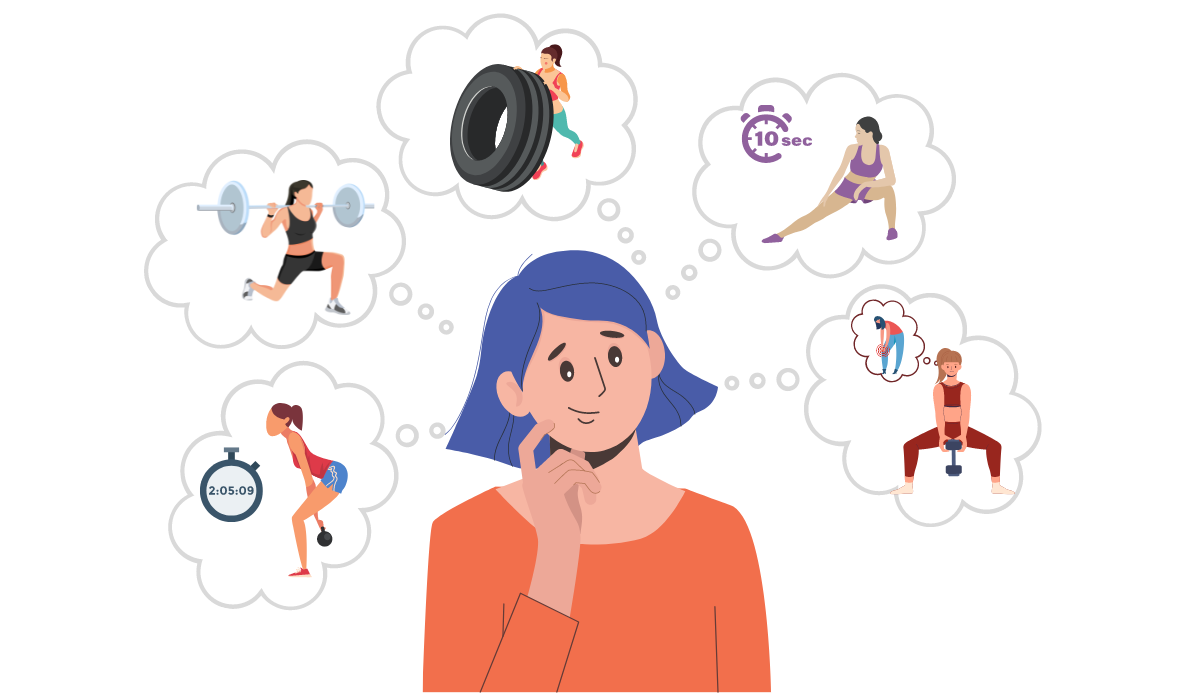
Over the years we’ve seen a number of clients join our programs, who's history was littered with break down, burn out, or disillusionment, because, before their body had time to become conditioned, they:
Enthusiasm is a double edge sword.
On the one hand it motivates us into action, which is great. But, on the other hand, it tempts us to overreach, that’s where problems happen.
So remember, you're in this for the long game.
Helpful strength training tips to start slow:
Additionally, here's some tips on how starting slow enables you to progress well and finish strong.
- 1Concentrate on form: To ensure you are performing each exercise correctly and safely, take the time to acquire the proper form and technique. We’ll discuss this deeper in the next must-know point of this post.
- 2It's ok to use weights right from the start: When you start using weights, begin with a smaller load to develop your strength and stamina. We’ll unpack this deeper, later in the post.
- 3Slowly increase load and/or intensity to avoid stagnation: As your body adapts, gradually increase the weight and/or volume of workouts. This can be tricky with both how and when, guidance by a trainer will help.
- 4Give your body time to rest and recuperate between workouts: To avoid overtraining, think about alternating days of weight training with days of cardio (walking, jogging, swimming, cycling etc), along with days of complete rest from strenuous exercise/movement. We’ll dive deeper into this point later in the post.
- 5Listen to your body: Observe how your body feels both during and following any exercise. If something hurts or doesn't feel right, stop and adjust your program as necessary.
5. How correct strength training FORM
compliments everyday life
This is arguably the most important of all the 'Must-Knows' mentioned.
However, the reason we’re focusing on form may not be completely what you think.
Yes, when doing any exercise, particularly under load with weights, good form avoids the risk of injury, and maximises the ability to perform the movement.
It's strength training but not the way you think
We however, want to transfer that into everyday life, so for women over 50 strength training movements, that mimic everyday activity is the ultimate solution as we age.
So, when you’re thinking about starting a strength training program, choose something that is going to help you...
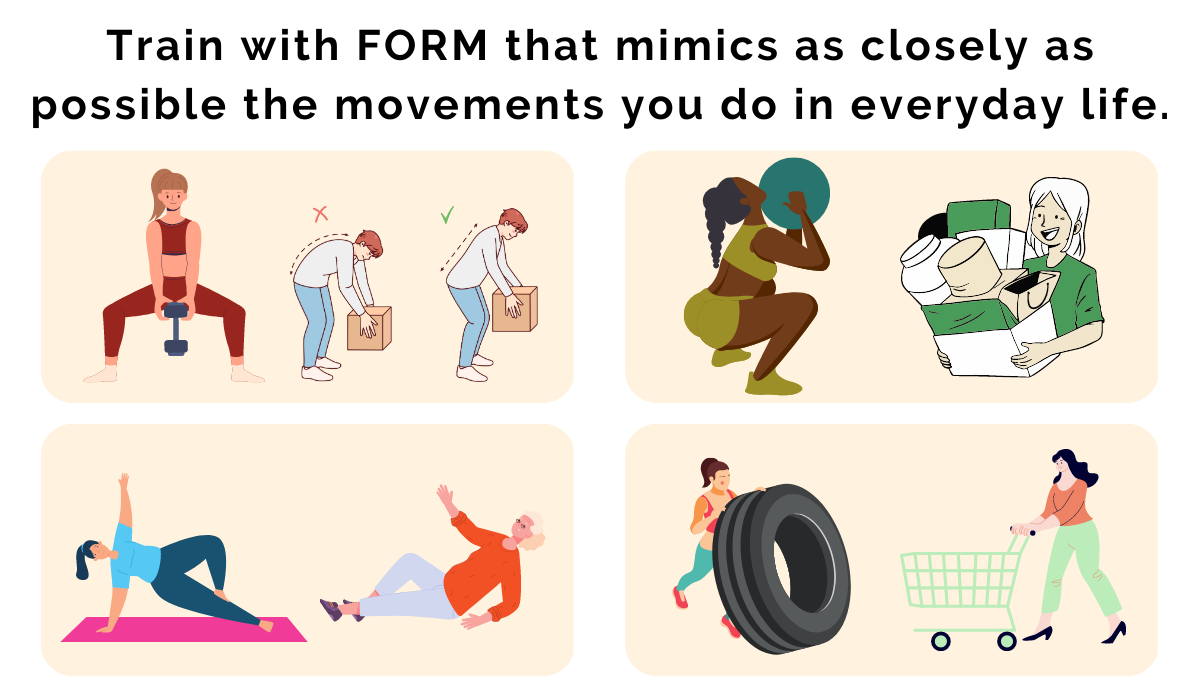
However, before we go further I need to highlight the misconception that...
Cable weight machines (ie. majority of) found in gyms DO NOT mimic everyday movement, they fail to activate the core and muscle chains in a way that parallels everyday movement. Therefore, there is minimal everyday activity ‘'FORM’ adoption.
They do however have their place if athletic conditioning, bodybuilding or injury recovery is your focus.
To help you identify and understand, these are the...
12 "Active Daily Life" functional strength movements
These are the movements that we mimic and establish correct form, in all our training programs.

Carrying: This alone incorporates several of the movements below. Picking up, holding, walking with and releasing, to highlight a few. Adding a heavy load, compounds this movement significantly.
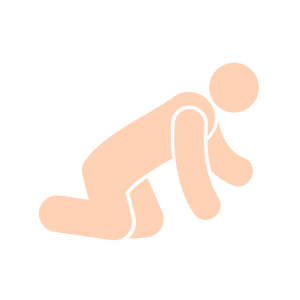
Crawling: This is a building block movement closely linked to coordination. As we age it's a great cognitive exercise that uses the brain and body in a coordinated effort, building clearer neural pathways. Plus, it makes playing with grandkids easier.
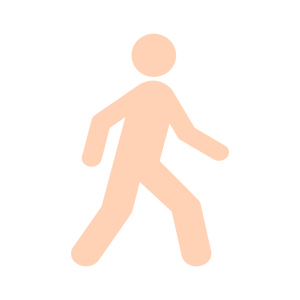
Gait: Keeping the right gait as we age reduces the risk of falling and keeps us mobile. Good gait can also help us keep our independence by making it easier to do things like walk to the store, climb stairs or maintain our home and garden.
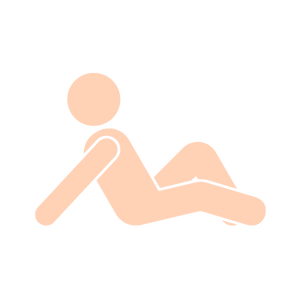
Get Up: We train new clients regularly who avoid getting down on the floor for fear of not being able to get up again. Don’t let this be you as there are many modified ways to get up. This is a life skill we all need to maintain.
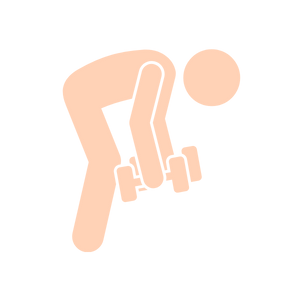
Lifting Bended: This movement is important for everyday tasks like picking up groceries, doing the gardening, picking up/playing with grand children or household items. It's also a movement when done wrong, can cause injury.
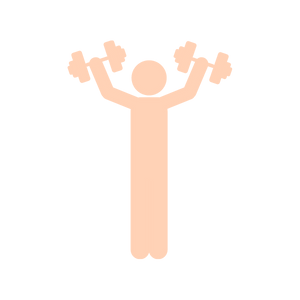
Lifting Overhead: Movements like lifting something up high, like when you put groceries on a high shelf or a suitcase into an overhead locker on a plane. Shoulder stability and mobility strength, are keys to doing this safely.
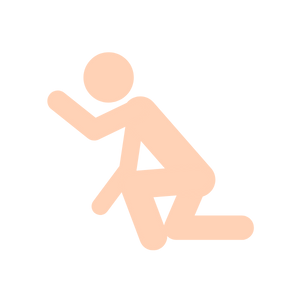
Lunging: This involves taking a step forwards or backwards and lowering your body until your front or back knee is bent at a 90-degree angle, as if you were climbing stairs or getting something from a low shelf.
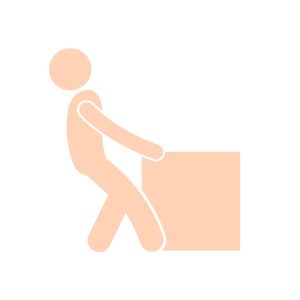
Pulling: In this movement, you bring an object towards your body, like when you pull a suitcase, drag a large object, or pull open a heavy door. Muscles chains from ankles to shoulders are engaged in this movement
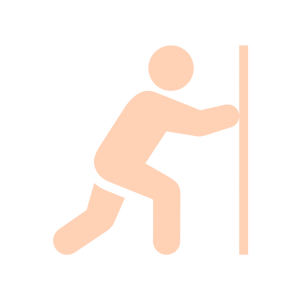
Pushing: With this move, you push something away from your body, like when you push a door open, a full wheelbarrow, a pram uphill or a shopping cart with the tricky wheel. You'd be surprised how much core activation is involved in this.

Rolling: By using the spine, hips, and shoulders in a coordinated way, rolling can help improve flexibility and range of motion. Also great for getting out of bed, and again, playing with grandkids.
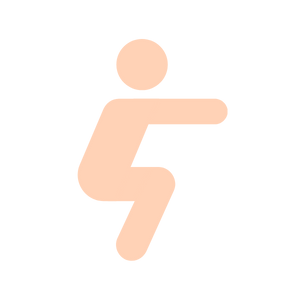
Squatting: This movement is where you lower your body by bending your knees and hips, like you're sitting on a chair or picking something up off the ground. We probably doing this movement more than any other.

Twisting: A movement that involves turning your torso around, like you're reaching for something behind you or turning to look over your shoulder. Through sitting many become locked in their back and loose the suppleness of twisting to the side.
However, we strongly recommend you find strength training programs that mimic these movements and provide the correct form and technique to perform them.
Some, like getting up, crawling and rolling, may seem unnecessary, but can be life savings as we age.
Helpful form tips when strength training :
Additionally, here are some tips and strategies to help if you don’t have access to guided training.
- 1Use a mirror to view your form: Monitor the alignment in your hips, knees, ankles, and shoulders. If you don't have a mirror, turn on the lights inside at night and watch your reflection in the window or glass door.
- 2Focus on your core: Throughout the movement, keep your core muscles contracted. Your spine will then be stabilised and protected.
- 3Utilize your entire range of motion: Don't overextend or 'lock' any joints as you complete the movement through its full range of motion.
- 4Keep your weight balanced: Keep your weight evenly distributed between both feet, or between both sides of your body if using one limb at a time.
- 5Maintain control: Slowly and carefully undertake the movement. Avoid utilising force or jerky motions.
- 6Breathe naturally: Exhale during the most challenging part of the movement and inhale during the easier part.
- 7Listen to your body: Pay attention to how your body feels during the movement. If you experience pain or discomfort, stop and assess your form.
6. Understand PAIN, DOMS vs Sharp/Severe when starting strength training

If you're starting a strength training program and you have existing, perhaps long-term pain in joints and/or muscles, it's probably a good idea to see a corrective health care specialist first, as strength exercise could exacerbate an existing issue.
Alternatively, ensure your trainer is skilled at dealing with clients that have your ailment.
However, let's be clear from the outset, if you're starting a strength training program you’re going to experience some pain.
But it’s not what you think.
DOMS when starting strength training
When you start a fitness program, it's normal to feel sore and uncomfortable, especially if you're new to exercise or haven't been active in a while. This is called Delayed Onset Muscle Soreness (DOMS), and it usually happens 24 to 48 hours after a workout.
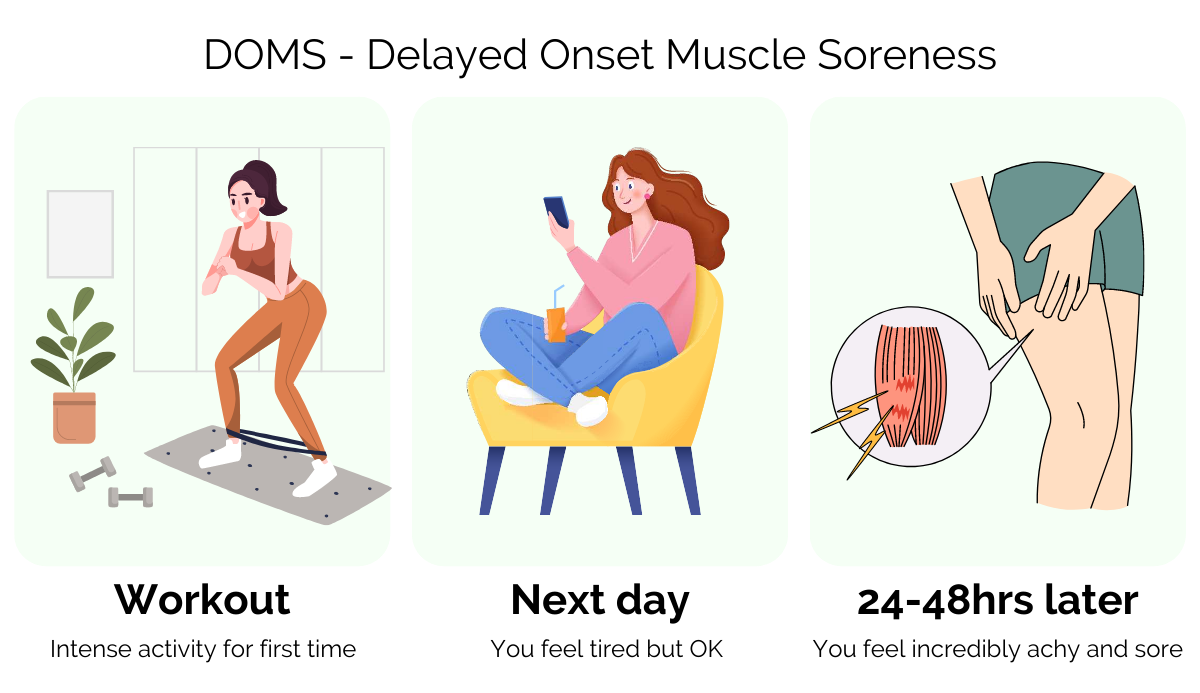
DOMS usually feels like a dull ache or soreness in the muscles that were used during the workout. This can also make the muscles that are affected stiff and painful.
Don't be alarmed, It is simply micro-tears in your muscles that heal and become stronger.
The level of soreness depends on the type of exercise, the intensity and length of the workout, and personal factors like age, fitness level, and genes.
Although DOMS might be uncomfortable or even painful, it often poses little health risk. It should go away in a few days as your muscles recover and get used to the new level of activity.
Staying hydrated, stretching right before and after exercise, and slowly building up the intensity and length of your workouts, helps in combating DOMS.
Unexpected Pain following strength training
On the other hand, exercising, particularly after long periods of inactivity, means we can be more susceptible to severe or sharp pain.
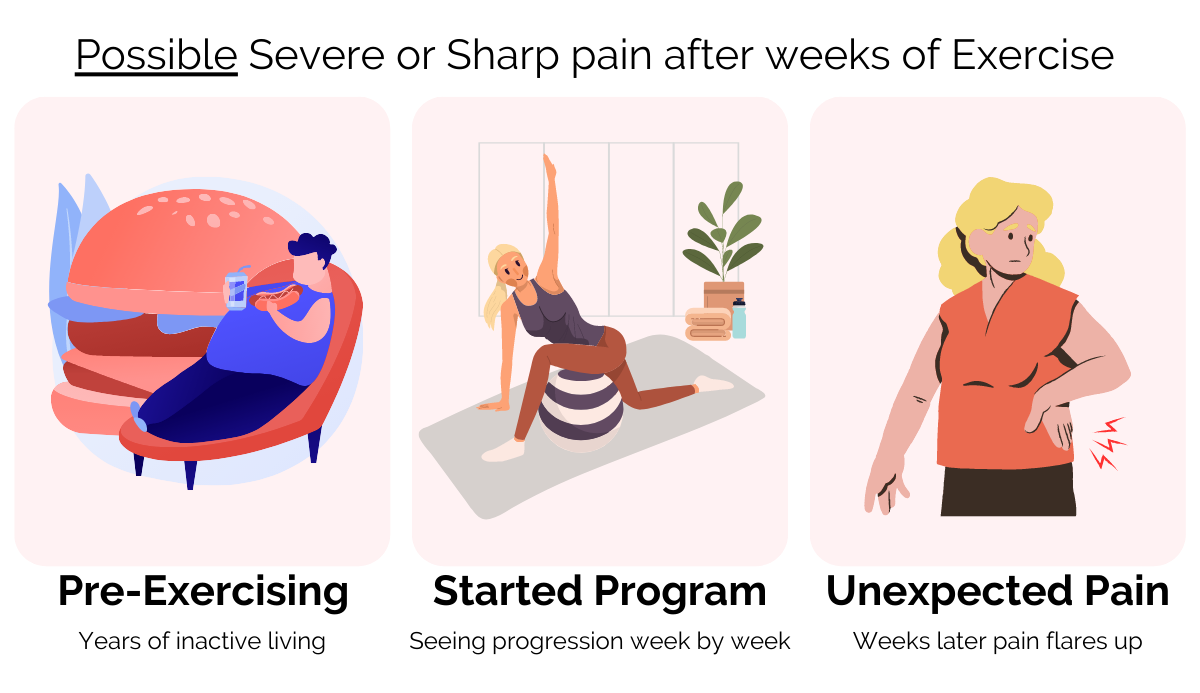
Generally, for women over 50 strength training will feel great as you progress into a program, but during the course of it something underlying, an imbalance or weak area, can be triggered causing that severe sharp pain.
In those instances, stop and rest, and possibly consider specialist intervention.
Therefore, always listen to your body, discern the cues you are given and respond accordingly.
7. Why incorporating BALANCE & STABILITY is life saving over 50
Don’t let balance and stability be an afterthought to strength training. Ensure its being incorporated into your program from the beginning.
If not, find a new program.
Like many other things… Use it or lose it.
As we get older, our muscles, bones, and joints can weaken and become less flexible, which can make it harder to keep our balance and stay stable, heightening the risks of falls and injury.
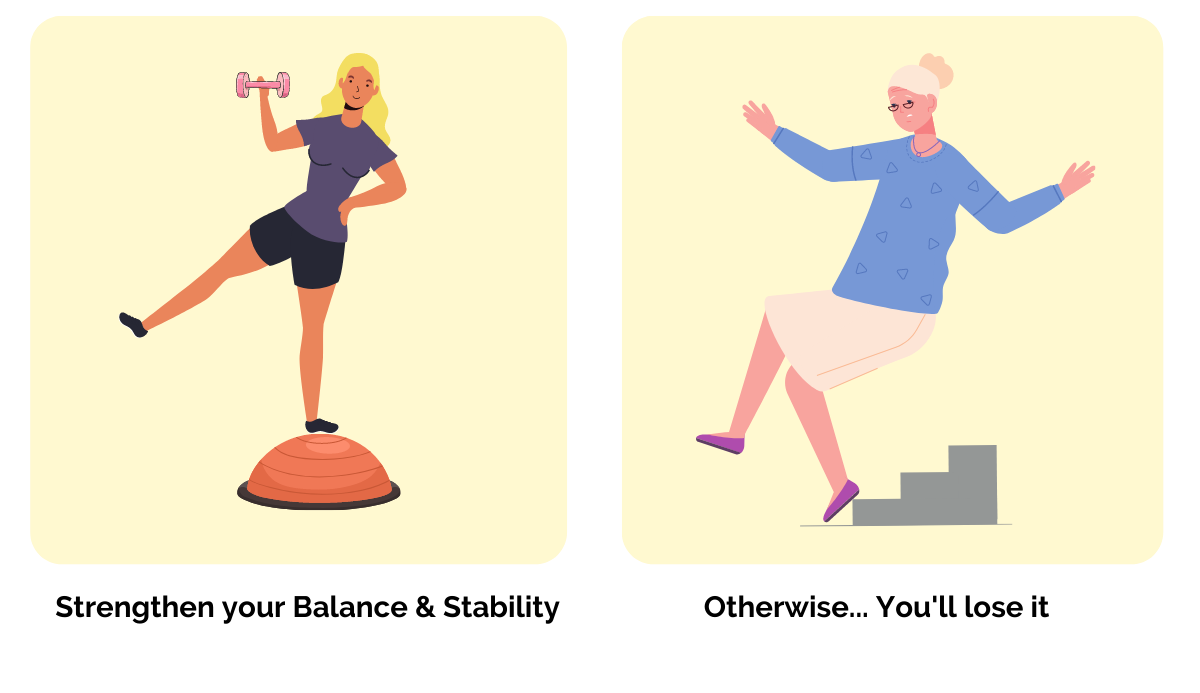
In fact, falls are the leading cause of both fatal and non-fatal injuries among older adults.
So, ensure you incorporate balance and stability strengthening into your program.
Helpful balance & stability strength training tips:
However, if you’re doing workouts from home, here are some tips for incorporating a balance and stability strengthening exercise routine.
- 1Unilateral exercises: Single-leg squats, lunges, and step-ups are unilateral exercises that test your balance and stability by making you stay stable on one leg.
- 2Unstable surfaces: Exercises that require you to maintain your equilibrium on unsteady surfaces, like a stability ball or balance board, can help you become more stable and in control.
- 3Resistance bands: Use resistance bands to do exercises like lateral band walks and single-leg Romanian deadlifts.
- 4Free weights: Using weights like dumbbells and kettlebells, you have to hold the weight steady while maintaining balance and stability.
- 5Isometric holds: Like a plank or wall sit, requires you to stabilise your body in a static position, improving your balance and stability.
- 6Core exercises: Standing and/or upright exercises that activate the core, such as those mentioned above, should be added to your routine. Remember to activate ie. contract the core muscles when doing them. Core workouts on the floor, planks, Russian twists etc, have minimal transfer to enhancing stability and balance, which are primarily challenged in the upright position.
8. How FLEXIBILITY & MOBILITY improves your strength over 50
Having good flexibility and mobility will open many new doors to your daily activity, making it an important exercise routine to incorporate regularly.
But what you may not realise are the transformational benefits for women over 50, that flexibility brings to strength training.
The benefits flexibility brings to strengthening muscles over 50
Here’s just a few.
Generally, all good strength training programs will include time for flexibility and mobility training. Be it at the end of the session, or as additional support.
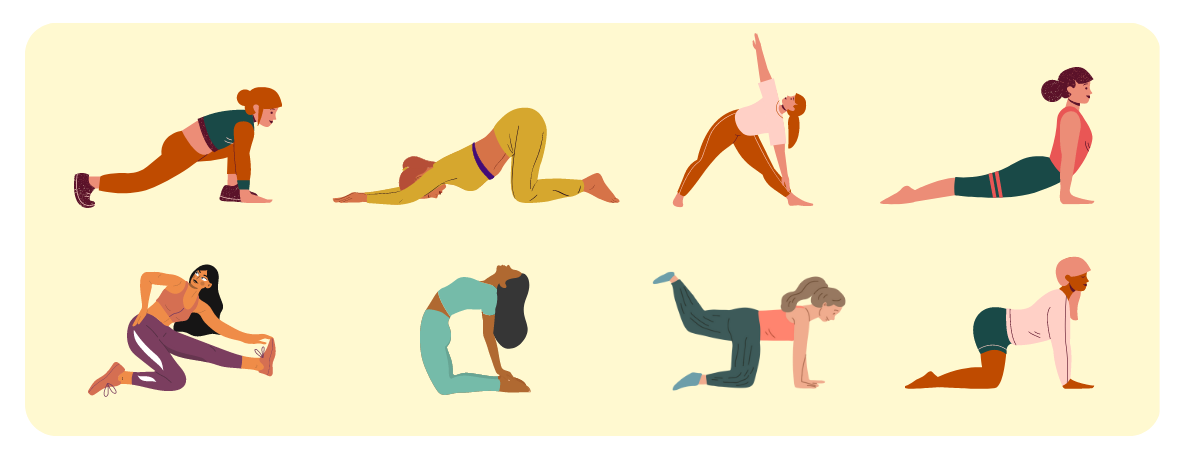
If the program you’re considering doesn’t… Find another program.
Helpful flexibility & stability tips to strengthen muscles:
However, if you’re training at home, here are some things you can do.
- 1Warm-up and cool-down: Doing light cardio and stretching for a few minutes as part of your warm-up and cool-down. This helps the blood flow and makes you more flexible.
- 2Dynamic stretching: Involves moving through a range of motions, such as leg swings, walking lunges, and arm circles. This helps to increase your range of motion and muscles readiness for strength training.
- 3Static Stretching: When stretching a muscle group like your quads and progressively increasing the tension over a 30-60sec period.
- 4Foam rolling: Relieves muscle tension and improves your range of motion. Pay particular attention to your calves, quads, and upper back if they feel tight or sore.
- 5Resistance bands: Because they offer a range of resistance, resistance bands can be used to improve flexibility and mobility. Use resistance bands to do exercises like hamstring, shoulder, hip-flexor stretches and many more.
- 6Yoga or Pilates: Both are great ways to get more flexible and mobile, but have minimal muscle strength activation.
- 7Mobility motion exercises: Involves moving the joints through their full range of motion. Do things like hip circles, shoulder circles, and ankle circles as part of your routine.
9. Types of STRENGTH TRAINING and which is best
There are many forms of strength exercise that serve different outcomes for different audiences.
Is This You?
To clarify, we’ll assume you’re one or more of the following.
So, what we recommend for women over 50 to achieve that strong body is...
Free-weight Functional Strength Movement
Here's a snapshot of the training protocol we use with all our clients.
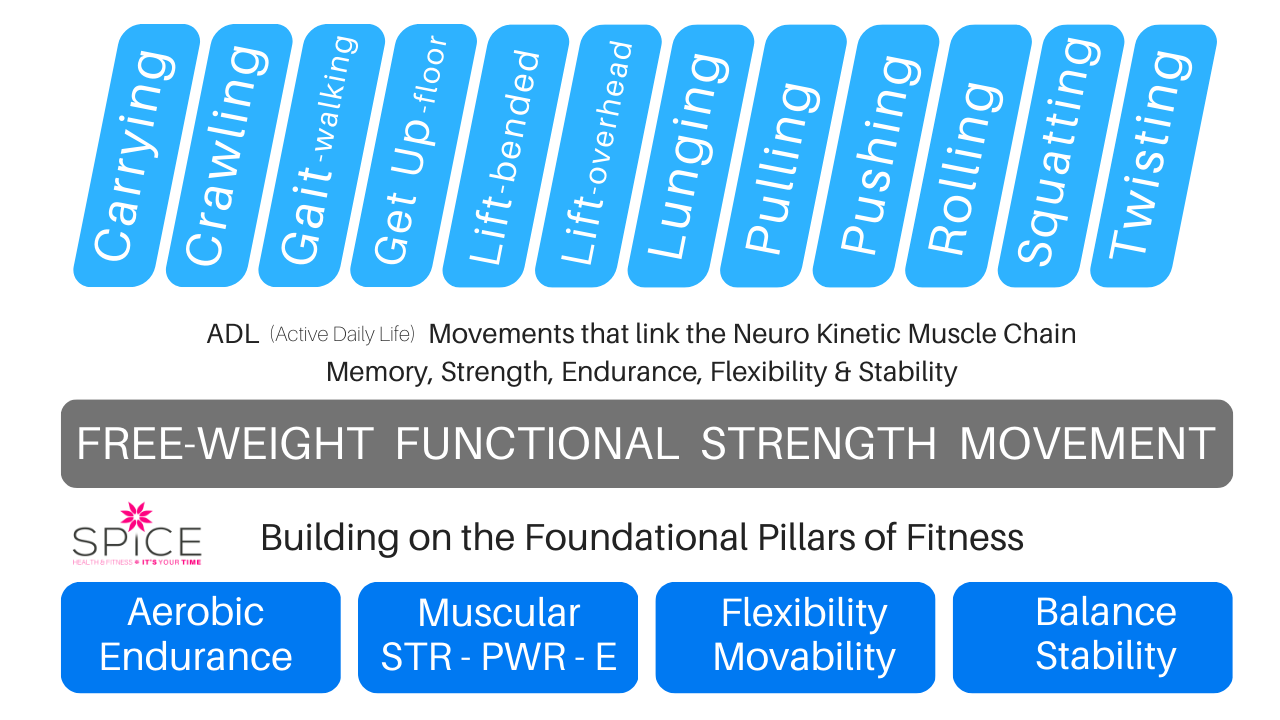
Essentially, it's training that incorporates free weights and/or resistance bands, and then undertakes strength movements that mimic everyday active life.
This form of strength training prepares the body better than any other type of exercise, for the everyday tasks of carrying, pulling, lifting, pushing, getting up and down etc.
As a result, the core and muscle kinetic chains are engaged in the strength movement, and when complemented with balance and mobility work, prepare the body for those awkward loads and movements that certain daily activities throw at us.
Therefore, it’s our recommendation you look for trainers and programs that offer women over 50 strength training solutions that primarily utilise free-weights and resistance bands, as it's more likely they'll understand the unique aspects needed in training women over 50.
Helpful strength training tips across different programs:
Additionally, here’s our thoughts on other training options you may be considering.

Traditional strength program: Power and olympic lifting are typically the domain of strength conditioning for athletes and sports people.
If this type of training has been part of your past, and you're still confident in executing correct form and technique, go for it, you will get strong
However, in daily activity we link functional movements ie. we pick up, carry/walk, put down. This type of training isolates into one functional (heavy) movement, without linking movement chains.
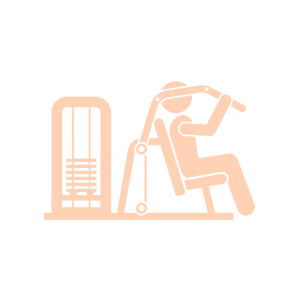
Cable weighted machines: There are a huge range of machines in this category. Typically in a gym setting the majority of machines are muscle isolation focused, that have little everyday activity application.
The machines to look out for, are the ones with pulleys that are multi-directional, have vertical adjustment and have a long extension.
With these you can mimic many functional movements and are good for core activation.
Unfortunately, access can always be an issue with these machines.

Bodybuilding program: This training is generally a combination of the two above, however, muscle isolation, for growth and definition, is the priority.
This isolation focus comes at the expense of most daily functional activity.
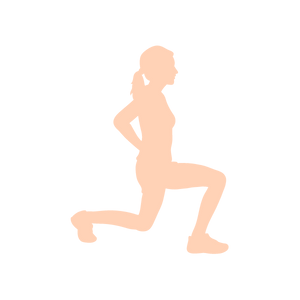
Bodyweight only: Can be an OK place to start, but don’t stay there. In life we lift, carry, push, pull things and those things can be heavy. Using weights and/or resistance in our training helps the body adapt to this. Primarily, without adding weight its difficult to replicate the multi-muscle chain activation used in a movement like lifting a bag into an overhead locker.
Also, bodyweight is primarily made up of squat, lunge, push, gait, and crawl movements. Others, like pull, roll and getup have minimal variation.
On top of that, It's difficult to replicate the carrying, lifting (bended and overhead) and twisting movements, which are significant daily activities.
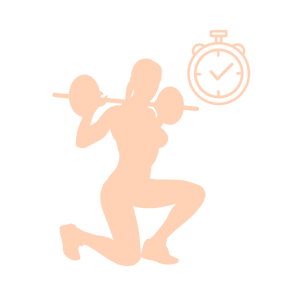
HIIT Circuit: This can be an outdoor bootcamp, in gym circuit class or like the new trend of smaller boutique studios that just offer these timed circuits.
Generally, the equipment used and exercises undertaken mimic everyday activity. Unfortunately though, an increasing trend is to incorporate exercises and equipment that could be considered extreme, athlete focused or simply over the top for a woman over 50, and have little adaption to everyday life activity.
However, the biggest problem with this type of class is the pressure of the clock (keeping up) and fatigue, causing FORM to go out the window.
Because you're one of a large group, it means the trainer can't have eyes solely on you.
Unless you're competent in monitoring your own form and technique, it's then that injury, isn't far away.
10. But I RUN, CYCLE, SWIM ETC - Isn’t that good enough for strength?
There is an engrained thinking that after reaching your 50’s 60’s or beyond, all I need to do, to keep fit and active, is walk, cycle or swim regularly.
In part it’s true.
However, the promotion of this wellness thinking had its genesis in the days before we fully understood the condition of muscle decline as we age, ie Sarcopenia, and the impact it has on quality of life.
Nevertheless, had we known then what we know now, we would have added strength training to the mix, and weighted the strength training component, higher than those forms of cardio movement.
Far from suggesting you stop doing cardio exercise, particularly if it's things you enjoy doing socially, like walking, jogging cycling, kayaking etc.
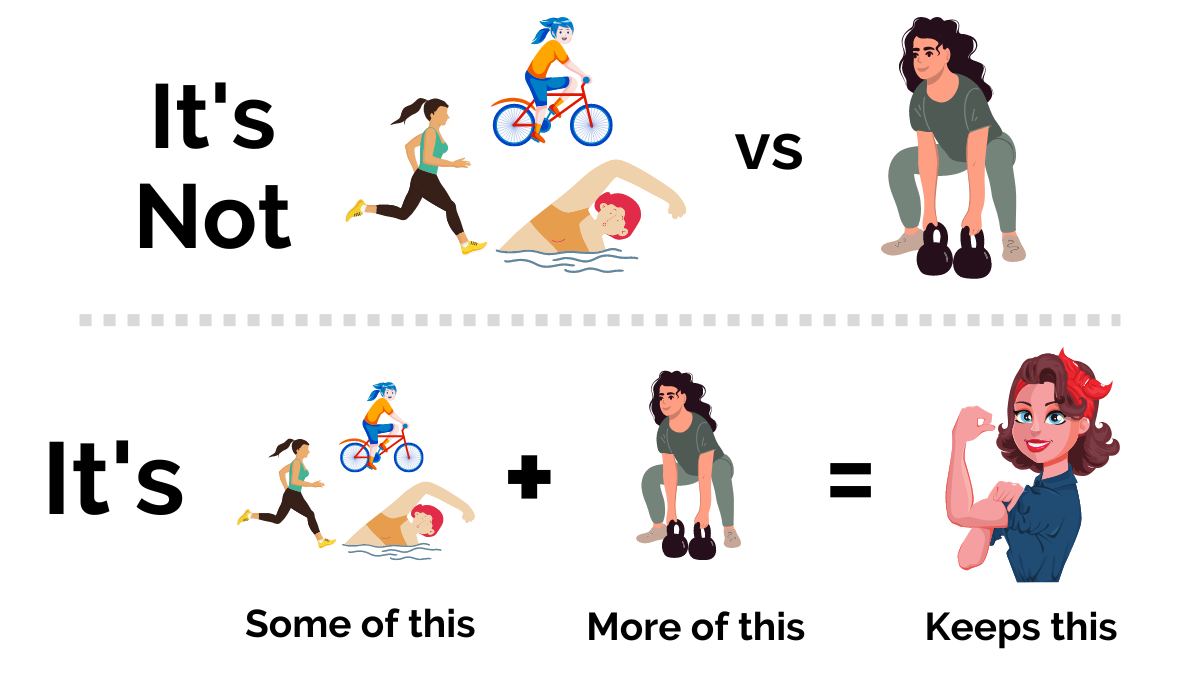
Therefore, keep doing them, BUT, you need to add strength work to effectively combat muscle decline, particularly beyond 60s and 70s.
While endurance and cardiovascular health is improved through running, kayaking, cycling etc, they do not offer the same resistance as strength specific exercise, which is needed to promote muscle growth and maintenance.
So, if you’re a woman over 50 worried about maintaining your muscle mass and preventing muscle loss, include regular strength exercise into your fitness routine.
11. Why you shouldn't skip REST & RECOVERY
when strength training
If you’re going to cut corners in your strength transformation, or for that matter your health and wellness journey, this is the first place you’ll start, and often we're unaware of it.
What's been your strength training history
We all have a history of how we've approached our rest & recovery.
Has yours been any of these:
So much so that it may have become an unintended habit that we possibly don’t realise we’re doing.
Here's a peek into the protocol we use to guide our clients.
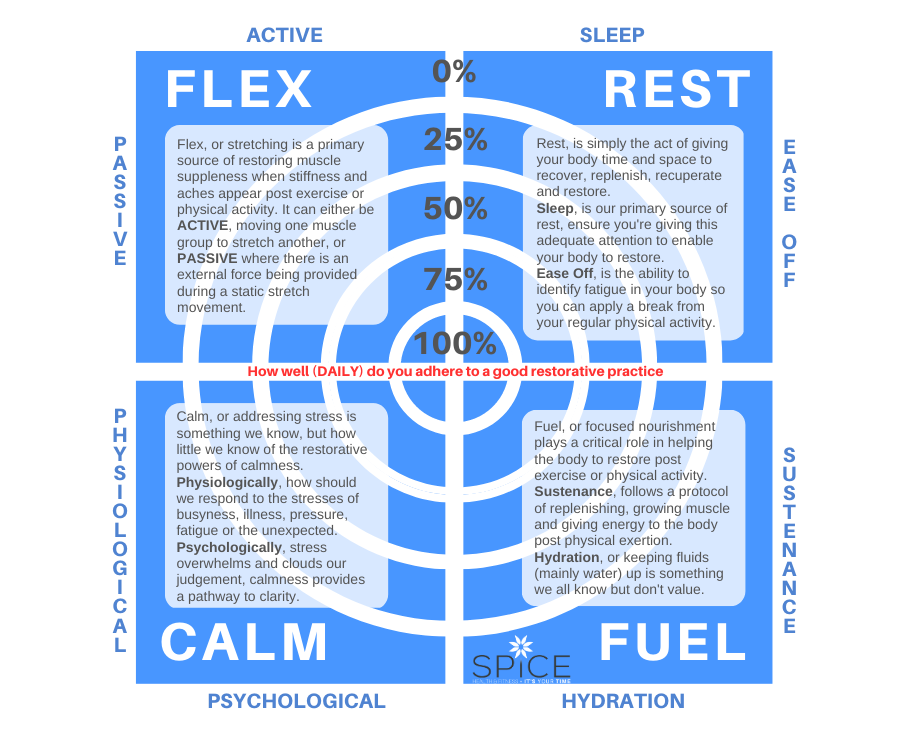
Consequently, these are the hidden saboteurs of your strength transformation.
There is so much to unpack here that we’ll put out a future blog post on the topic.
Helpful rest & recovery tips after strength training:
However, here’s some things to consider as you move forward.
- 1Listen to what your body is telling you: If you feel too tired (physically or mentally), or have pain or discomfort, take a break or change your workout so you can recover properly.
- 2Allow for rest days: Give your muscles at least one day to recover and rebuild between strength training sessions. Alternatively, do some light cardio, swim, cycle, run etc.
- 3Get enough sleep: Aim for 7–9 hours of sleep every night to help your muscles recover and keep your health in general in good shape.
- 4Stretch: Include mobility drills and mild stretching in your regimen to help with muscular tightness and increase flexibility.
- 5Hydrate: Staying hydrated promotes muscle recovery, so drink plenty of water prior to, during, and after your workouts.
- 6Consider a remedial massage or foam rolling: Both can help relieve muscle tension and improve blood flow, which can help muscles recover.
- 7Fuel your body: Eat a well-balanced diet with plenty of protein, carbs, and healthy fats. This will help your muscles recover and keep you healthy overall.
We’ve got more to say on this subject later in the post.
12. Yes, NUTRITION has a ‘pivotal’ part in your strength future
We’ve all heard it said “You’re a product of what you eat”.
Unfortunately there is no escaping it, nutrition does have a critical part to play in strength transformation, particularly as we age and combat muscle decline.
We've all got an idea of what good nutrition looks like.
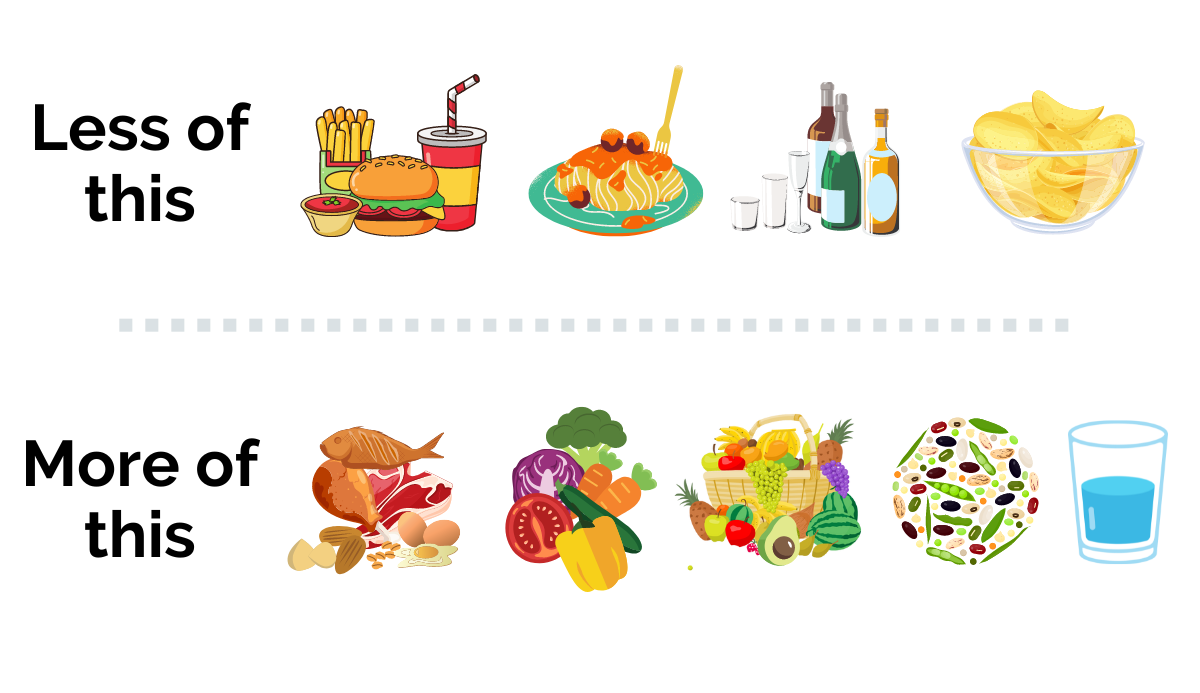
The reality is though, we do what we know not to do, and don't do what we know to do.

For women over 50 strength training on top of dealing with muscle decline, means you'll be compounding the nutritional load needed for muscle growth. The importance of addressing your nutrition can not be understated.
Helpful nutrition tips to support strengthening muscles:
However, here's a few simple nutritional corrections to start when strength training and combating muscle decline.
- 1Get enough protein: Protein is needed to build and repair muscle tissue damaged during strength exercise, along replenishing muscle lost through sarcopenia. As a guide aim to eat 1.2 to 1.6grams of protein per kilogram of your body weight. EG. if you weigh 68kg that's 80-105grams of protein. Lean meats, poultry, fish, eggs, dairy, beans, and nuts are all good sources of protein.
- 2Consume enough calories: If you want to build and keep muscle mass, you need to eat enough calories to meet your body's energy needs.
- 3Vitamin D and calcium: Getting enough vitamin D and calcium is important for healthy bones and may also be important for healthy muscles.
- 4Hydration: Getting enough water is important for your health as a whole, and it can help prevent muscle cramps and speed up muscle recovery. Try to drink at least 8–10 glasses of water a day, and more if you work out.
- 5Avoid drinking too much alcohol: Too much alcohol can stop the body from making proteins, which can cause muscle loss.
- 6Support all the above with a balanced diet: A balanced diet that is rich in a variety of nutrient-dense foods is essential. Consume whole, minimally processed foods like fruits, vegetables (IE. Colourful foods), whole grains, lean meats, and healthy fats as your main focus.
13. Not all strength TRAINERS are the same
OK, let's get controversial.

We’ve seen too many broken bodies, from well intentioned trainers, that simply lack the understanding, expertise and/or ability to deliver strength training for women over 50, who come to the table with known or unknown muscular and/or postural issues.
And we’re not just talking about young trainers here.
We’re passionate about seeing women becoming empowered through a body that’s strong, reliable and works.
Therefore, we don’t want well intentioned but misguided training, to sabotage that success.
Your body, your future plans, your continued independence, your daily life choices, are too valuable to hand over to a trainer who’s lacking experience.
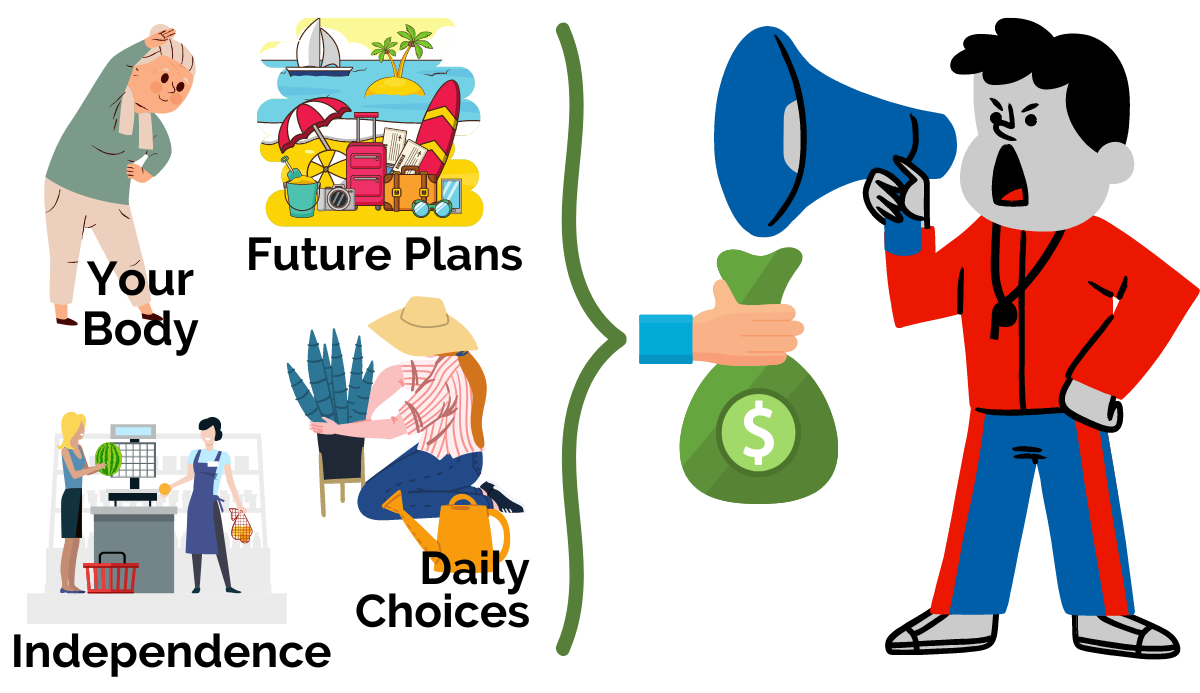
Nevertheless, we strongly recommend that you do your due diligence when looking for the right strength training program and trainer, that you’re going to sit under and listen to.
Helpful tips when looking for the right strength trainer:
Therefore, here’s what we recommend you look out for in a program and trainer.
- 1Experience (perhaps specialist) training women 50 and over: Sadly there is a one size fits all out there, and it doesn’t end well for many. Whilst you’re unique, typically the issues you bring to the table aren’t. Specialists, or experienced trainers understand this.
- 2Trained and/or specialises in functional movement: If you want a body that’s strong and moves well in everyday life activities for decades to come. You’ll need a trainer and program that focuses on functional strength movement.
- 3Trainers who assess: They’ll take you through a detailed (functional) assessment to understand where your body is at (movement, balance, mobility, flexibility, strength etc). So they can design the correct program needed to progress you to your goals.
Then periodically, they reassess to refine and move you forward. - 4Has a strength and progression focus: They understand the necessity of strength training as we age, and aren't afraid to progress you through heavier weights as you become stronger, regardless of your age. Getting stuck on baby weights with a fearful trainer isn’t going to help you.
- 5Incorporates B.S.F.M. into most of their sessions: Strength is one thing, but it needs to be partnered with balance, stability, flexibility and mobility functional training.
- 6Additionally: Can they coach, motivate and guide you in other areas to support your training.
14. So HOW & WHERE do I go for strength training?
The ideal strength training option for women over 50
The ideal is an experienced personal trainer/coach, in-house, studio, outdoor or gym setting.
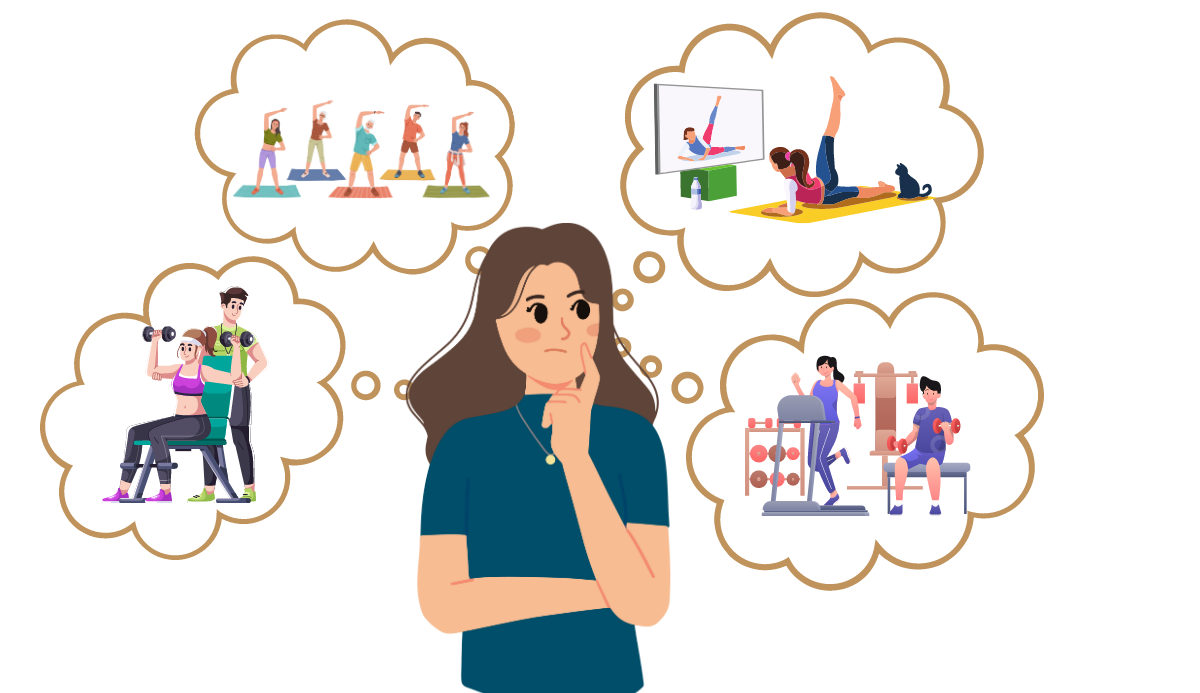
Sadly, access and/or cost makes this prohibitive for many.
Although, be aware it has probably taken years for your body to be in the condition it is, and it won’t change overnight.
So, consider the expense of a personal trainer, as an investment in your future health and independence. This may only be for several weeks or a few months before you are able to transition to small group classes or DIY training.
Alternatively, there are online women over 50 strength training coaching programs that are becoming more popular and sophisticated in their delivery.
However, we suggest you adopt the same due diligence rigour, outlined above when selecting an online trainer and program.

Although, if personal training is beyond your budget or access, we recommend you look for Small Group strength training classes, as the cost can be more affordable.
Many Personal Trainers offer these types of options.
Helpful how & where tips to find strength training:
However, here’s a few things to be aware of when considering other options.
- 1Bootcamps and Gym circuit classes: Whilst these are generally functionally focussed, they typically are a one size fits all workout. Any specialist attention and instruction is limited or non-existent in large groups.
Additionally, they can have an extremely high intensity element to the training, that creates fatigue, then as a result poor and/or dangerous form follows, where injury may not be far away.
However, some do offer training in small groups of 3-5 people, at a higher cost, where better instruction and guidance can be given here. - 2Crossfit: Think of the above, then multiply it several fold. For longevity, I would be cautious of these classes.
- 3Cardio classes, spin, dance, aerobics and the myriad of others: So far as obtaining the functional strength needed to progress your body, these won’t do it.
However, They are great for what they are, cardio and fun. Add them to your program but don’t let them be the majority. - 4Seniors classes: Typically, there’s a perception out there that we need to be gentle with seniors and only let them lift “light” weights. If the trainer is inexperienced, that’s probably the best course of action.
If the class you're doing or thinking of only does workouts from a chair, lifting 500 gram weights, know this, your body can do more, and the benefits are exponential. - 5The gym machine/s circuit program: Typically offered in large community, corporate and mainline gyms. Upon signup you’re given a ‘how to’ walkthrough and program on using machines (cardio and cable weight), then left to your own motivation and devices.
Whilst they’ll have little to no ‘Active Daily Life’ functional strength benefit, they are generally safe and will get you fitter and stronger.
It’s an OK place to start, but if you desire a body that's going to work for you, long into the future, it’s not the place to stay. - 6The 24/7 do your own thing at the gym: They're cheap so you’re getting what you paid for, access but no guidance.The treadmills, ellipticals, along with cable weight machines, that are the typical safe ‘go to's’, won’t give you that functionally strong body.
They do, however, have all the equipment for functional training. But if you don’t know how (form, progression, load etc), you could be asking for injury.
15. If I train at home what strength training
EQUIPMENT do I need?
Having an effective home gym for functional strength training is not onerous or expensive, nor does it take up excessive room.
Therefore, if you're confident in creating workout routines and applying correct form, or intended tapping into online training, you’ll find working out from home a great alternative.
Strength training equipment tips:
So, here’s a basic list of strength, recovery and other equipment we use with our online clients.
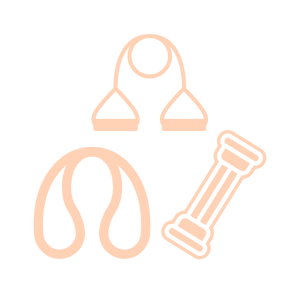
Resistance bands: Great for home strength training because they are light, portable, and can be used in many ways. They come in different levels of resistance and can be used for different exercises to work different muscle groups.
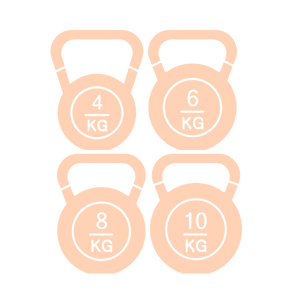
Kettlebells: A great full-body movement tool that exercises multiple muscle groups at the same time, that translates effectively to everyday life activities.

Dumbbells: These are also referred to as hand weights, come in different weight sizes and can be used for exercising the upper body, lower body, and core.

Stability ball: A Great tool to improve your balance, stability, and core strength. It can also be used for some exercises instead of a bench or chair.

Foam roller: You can self-massage and do myofascial release with a foam roller to help relieve muscle tension and improve mobility.

Workout mat: A mat makes the floor a comfortable place to stretch and do exercises. It's worthwhile investing in one.
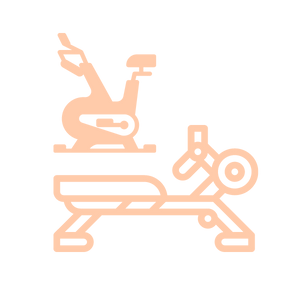
Stationary bike, rower etc: Mixing up a workout between cardio and strength can be a great alternative, so if you have room these are great. However, for cardio on its own, we always suggest doing it outside, unless you experience endless rainy/snowy days.
To Wrap this Up...
Now I'd like to hear from you:
Which of the 15 "Must-Knows" from today’s post helped you the most?
Or maybe I didn't mention a concern or issue you're having.
Either way, let me know by leaving a comment below right now.
Or, share this post with a friend/s through socials or email.

